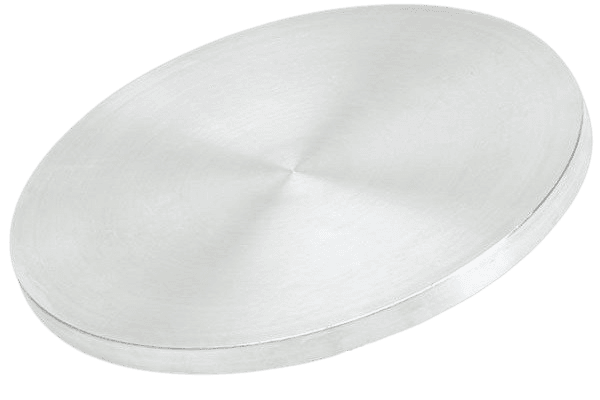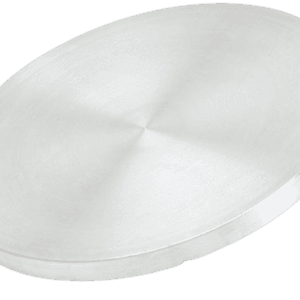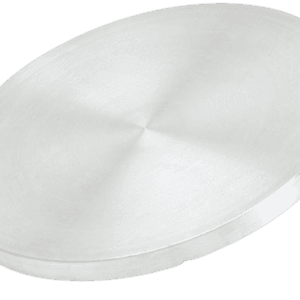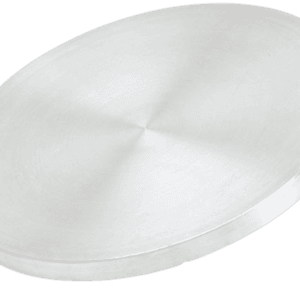Molybdenum Rhenium Sputtering Target Description
Molybdenum-Rhenium sputtering targets are distinguished by their high melting points and excellent thermal stability, making them ideal for applications that require durability under high-temperature conditions. The combination of rhenium and molybdenum ensures these targets retain structural integrity even at elevated temperatures. Both metals are excellent conductors, which imparts superior properties to the targets for creating electronic and conductive films.
These targets are known for their high mechanical strength, offering exceptional wear and corrosion resistance, which is crucial in various industrial processes. Molybdenum-Rhenium sputtering targets find extensive use in optical coatings, electronic devices, and surface coatings, as well as in high-tech fields such as semiconductor manufacturing and optoelectronics.
Related Product: Rhenium Sputtering Target, Molybdenum Sputtering Target
Molybdenum Rhenium Sputtering Target Specifications
| Compound Formula | Mo-Re |
| Appearance | Silver Metallic Target |
| Melting Point | 2507℃ |
| Available Sizes | Dia.: 1.0″, 2.0″, 3.0″, 4.0″, 5.0″, 6.0″ Thick: 0.125″, 0.250″ |
Molybdenum Rhenium Sputtering Target Handling Notes
Indium bonding is recommended for Molybdenum-Rhenium sputtering targets because their properties, such as brittleness and low thermal conductivity, can affect sputtering performance. Due to their low thermal conductivity and susceptibility to thermal shock, indium bonding helps enhance the stability and effectiveness of these targets during the sputtering process.
Molybdenum Rhenium Sputtering Target Application
Optical Coatings: Molybdenum-Rhenium sputtering targets are essential for producing optical coatings that enhance surface optical properties. These coatings include anti-reflective layers, mirror coatings, and optical filters, improving performance in various optical applications.
Electronic Device Preparation: Thanks to the excellent conductivity of rhenium and molybdenum, these sputtering targets are crucial in the preparation of conductive films for electronic devices. They are used to create metal electrodes and connecting layers, which are integral to the functionality of electronic components.
Surface Coatings: Molybdenum-Rhenium targets are valuable for surface coating applications, where they enhance material hardness, wear resistance, and corrosion resistance. This improves the durability and performance of coated surfaces.
Semiconductor Manufacturing: In semiconductor manufacturing, Molybdenum-Rhenium sputtering targets are employed to deposit thin film layers, including metal and conductive layers, necessary for the fabrication of semiconductor devices.
Optoelectronics: These targets are used in optoelectronics to manufacture various devices and components, such as photodiodes and solar cells, supporting advancements in optoelectronic technologies.
Molybdenum Rhenium Sputtering Target Packaging
Our Molybdenum-Rhenium sputtering targets are meticulously managed throughout storage and transportation to ensure they retain their high quality and arrive in optimal condition.
Get Contact
TFM’s Molybdenum-Rhenium sputtering targets are available in a variety of forms, purities, and sizes to suit a wide range of applications. We are dedicated to producing high-purity physical vapor deposition (PVD) materials with optimal density and minimal average grain sizes. These targets are ideal for use in semiconductor manufacturing, chemical vapor deposition (CVD), and PVD applications in display and optical technologies.


 MSDS File
MSDS File



Reviews
There are no reviews yet.